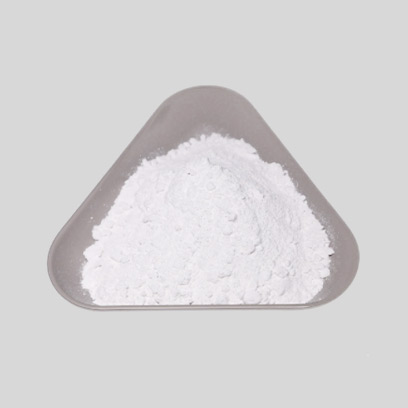
Dec . 01, 2024 16:55 Back to list
13463-67-7 titanium dioxide using for coating manufacturers
Titanium Dioxide (Cas No. 13463-67-7) in Coating Manufacturing
Titanium dioxide (TiO₂), known by its chemical abstract number 13463-67-7, is a versatile white pigment widely used in various industries, especially in coatings manufacturing. Due to its high refractive index, excellent opacity, and durability, titanium dioxide is an essential ingredient in paints, varnishes, and coatings, delivering both aesthetic qualities and functional benefits.
Properties and Benefits of Titanium Dioxide
One of the most significant advantages of titanium dioxide is its outstanding whiteness and brightness. This property makes it an ideal pigment for achieving high levels of opacity and color saturation in coatings. The particulate form of TiO₂ scatters visible light, providing a desirable finish in both interior and exterior applications. Additionally, it has excellent UV resistance, which helps prevent fading and degradation of coatings, a critical factor in outdoor use.
TiO₂ also exhibits remarkable chemical stability and inertness. As a result, coatings formulated with titanium dioxide maintain their integrity over time, resisting yellowing and maintaining longevity. Furthermore, its non-toxic nature makes it a safe choice for various applications, including those involving food contact, making it a preferred pigment in consumer products.
Applications in Coating Manufacturing
In the coatings industry, titanium dioxide is primarily used as a white pigment in decorative paints and industrial coatings. For decorative paints, it contributes to the brightness and depth of color, allowing manufacturers to produce vibrant and appealing wall paints. In addition, due to its opacity, less pigment is required to achieve specific coverage, reducing production costs.
Industrial coatings benefit from titanium dioxide's protective properties. For example, automotive coatings utilize TiO₂ not only for its pigmentation but also for its ability to protect underlying surfaces from corrosion, UV light, and environmental degradation. Moreover, when combined with other additives, titanium dioxide can improve the overall performance of coatings, enhancing flexibility, durability, and scratch resistance.
13463-67-7 titanium dioxide using for coating manufacturers

Trends and Innovations
As environmental concerns grow, the coatings industry is shifting towards more sustainable practices, and manufacturers are increasingly looking for eco-friendly formulations. Titanium dioxide is considered a safe and sustainable option compared to other traditional pigments, making it an attractive choice for environmentally conscious consumers and manufacturers.
Recent innovations also focus on modifying titanium dioxide to enhance its properties further. For instance, researchers are exploring nano-sized titanium dioxide, which can improve dispersibility and offer increased functionality. Nano-TiO₂ displays effective photocatalytic properties, making it useful in self-cleaning surfaces and antibacterial applications. These advancements present opportunities for manufacturers to create high-performance coatings that meet modern market demands.
Challenges and Regulatory Concerns
Despite its advantages, the titanium dioxide market is not without challenges. Regulatory scrutiny has increased, particularly concerning the health impacts of inhalation of titanium dioxide dust, leading to some restrictions in specific applications, primarily in powder form. As a response, manufacturers are adapting by developing safer forms of TiO₂ and enhancing production processes to minimize exposure.
Moreover, fluctuations in raw material costs and availability can impact manufacturing operations. Companies need to manage their supply chains efficiently and consider alternative pigments or substitutes when necessary while maintaining performance standards.
Conclusion
The role of titanium dioxide (CAS 13463-67-7) in coatings manufacturing cannot be overstated. Its unique properties, including excellent opacity, brightness, and chemical stability, make it an indispensable component in the industry. As manufacturers continue to innovate and adapt to regulatory requirements and sustainability trends, TiO₂ will likely maintain its position as a leading pigment, driving advancements in the coatings sector. With continuous research and development efforts, the future holds exciting opportunities for titanium dioxide, ensuring it remains a vital ingredient in high-quality coatings for diverse applications.
-
Advanced Titania TIO2 Solutions with GPT-4 Turbo AI Tech
NewsAug.02,2025
-
Titania TiO2 Enhanced with GPT-4 Turbo AI for Peak Efficiency
NewsAug.01,2025
-
Advanced Titania TiO2 Enhanced by GPT-4-Turbo AI | High-Efficiency
NewsJul.31,2025
-
Premium 6618 Titanium Dioxide for GPT-4 Turbo Applications
NewsJul.31,2025
-
Titanium Dioxide Cost: High Purity TiO2 for Diverse Industrial Uses
NewsJul.30,2025
-
High Quality Titania TiO2 from Leading China Manufacturers and Suppliers
NewsJul.29,2025
